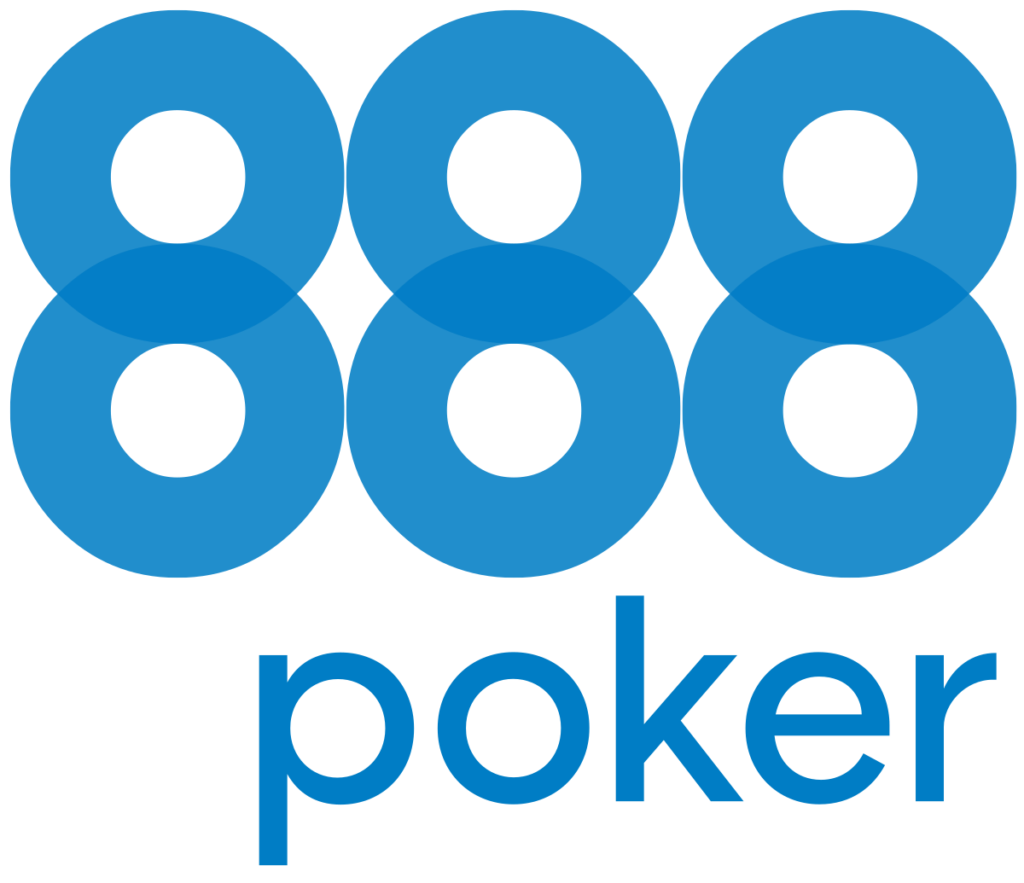
Like most online poker rooms or networks, 888poker has its version of the jackpot Sit-and-Go called BLAST Poker. Recently, the poker room adjusted the structure of these quick Sit-and-Go’s to bring them a bit more in line with those of its competitors.
A chair has been removed
BLAST poker games are now three-handed, super-turbo contests. Like always, the prize pool is determined before the game starts, based on a pre-determined probability table that varies depending on the buy-in.
At the lowest prize pool multipliers (2x, 3x, 5x), the BLAST games are winner-take-all. When the prize pool is 10x or 25x the buy-in, the top two finishers win money, and above that, all three players get something.
The primary differentiator that remains for BLAST Sit-and-Go’s is that after a certain amount of time, everybody remaining in the match is put all-in. The higher the prize pool multiplier, the longer players have before they are forced to go all-in.
In FAST BLAST games, the time to all-in is reduced, hence the name.
BLAST Poker games were previously four-handed, a characteristic that separated them from the pack. When questioned as to why the site decided to make the chance, an 888 rep on 2+2 said, “We wanted games to start faster.”
It makes sense. Reducing the field by 25 percent should make games end more quickly and thus new games will start sooner.
Payout structure tweaks
888poker has also changed the payout structure of the BLAST Poker games. In the old games, the possible multipliers were 2, 5x, 10x, 100x, 1,000x, and 10,000x the buy-in. Now 888poker has inserted a 3x multiplier and swapped out the 1,000x multiplier for one that is just 25x. The 888poker’s New Jersey site has not made the changes yet, so the differences can be seen if you bring up both BLAST Poker pages.
Using the $5 BLAST Poker table as an example, the odds of hitting the highest multiplier has been reduced significantly, from 10 in 1,000,000 to just 1 in 1,000,000. The percentage is still virtually zero, but that’s still large difference on a relative scale. There is now a 91.4 percent chance of hitting a multiplier of 5x or lower, compared to 95.9 previously. Of course, that 3x multiplier was inserted and most of probability of the old 5x multiplier has been shifted to the new 3x multiplier.
The odds of hitting the 10x multiplier have increased eight-fold, but the chances are still very low. It moved from 5,000 out of 1,000,000 to 40,390 out of 1,000,000. On the flip side, the chances of hitting a 100x multiplier have been slashed from 400 in 1,000,000 to 75 in 1,000,000.
Probabilities vary as you go up the buy-in scale, but the top three multipliers – 10,000x, 100x, and 25x – all stay the same. The differences per buy-in level are in how the probabilities are shuffled in the lower multipliers, but none of those differences are all that significant.


















